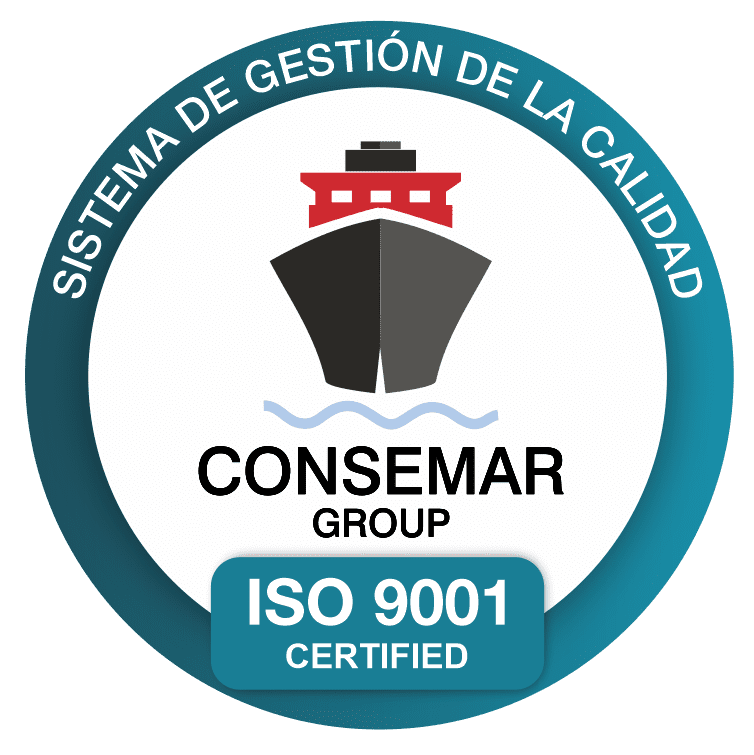According to Clarksons, 2018 has seen enthusiasm for scrubbers grow and now over 25 percent of the orderbook by tonnage is confirmed to feature scrubbers. Nevertheless, the figure is still under 3 pct of the fleet.
“Our current scrubber list is north of 1,000 vessels but this probably underplays the latest position,” Clarksons said in a report.
Based on the data provided by Exhaust Gas Cleaning Systems Association (EGCSA), there were 983 ships with exhaust gas cleaning systems (scrubber) installed or on order as of May 31, 2018.
Major industry players such as Frontline, DHT, Star Bulk and Spliethoff have opted for scrubbers.
In addition, German container shipping company Hapag-Lloyd revealed at the beginning of this month that it was testing exhaust gas cleaning technology (scrubbers) on two large containerships. The company added that it was also exploring the benefits of LNG as fuel.
Companies that opt for scrubbers believe they would gain an advantage over the competition as they will be able to continue using regular heavy fuel oil versus compliant fuels that are expected to be much more expensive.
One the other hand, the adoption of LNG as a fuel has been more cautious so far. Data from Clarksons shows that 11 percent of the orderbook by capacity pertains to LNG-fueled newbuilds, which is less than 3 pct of the fleet, excluding LNG ready vessels.
As for the rest of the world fleet, low sulphur fuel is likely to be the primary option, with around 90 percent of the global fleet capacity expected to use compliant fuel at the start of 2020.
Since the low sulphur fuel is expected to be much more expensive, fuel economics are very much “back in play”.
Clarksons indicated that the situation provides opportunities for suppliers and yards targeting a global fleet 64% bigger than at the financial crisis.
SOURCE: www.maritimenews.com
